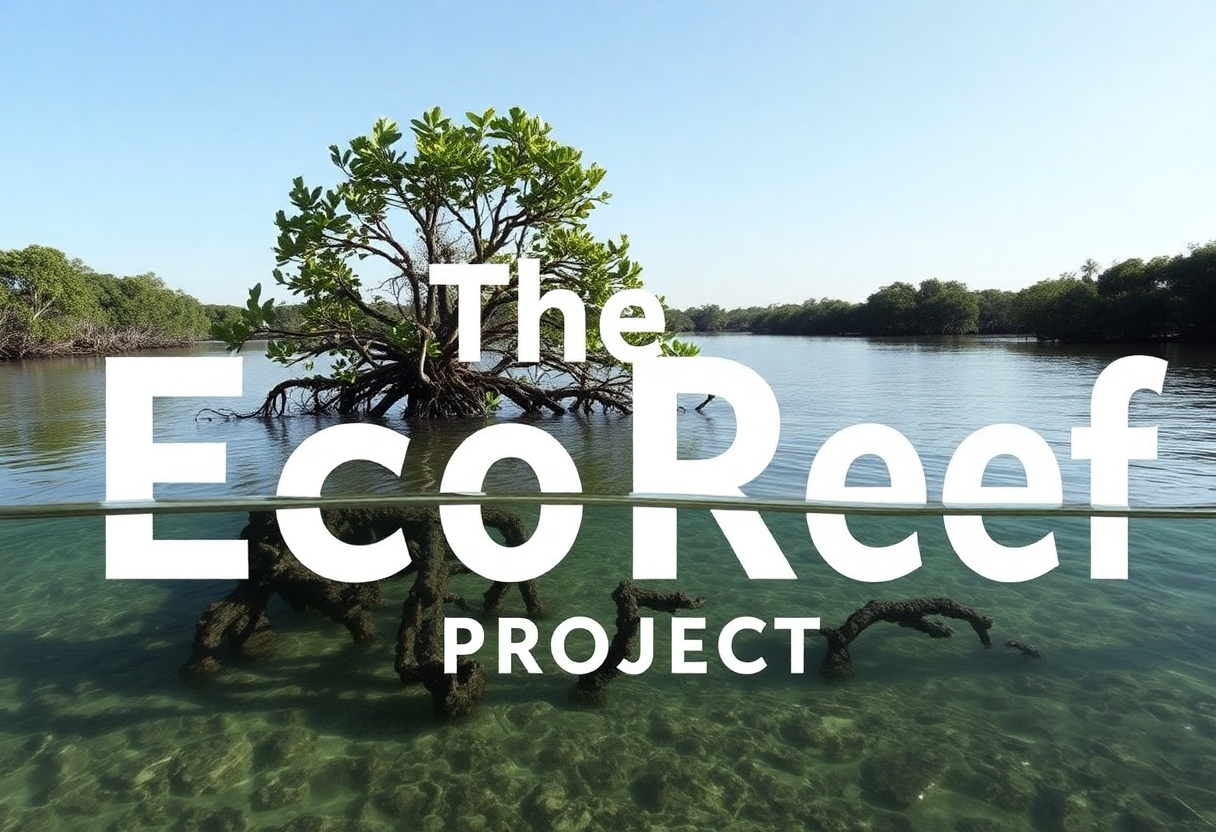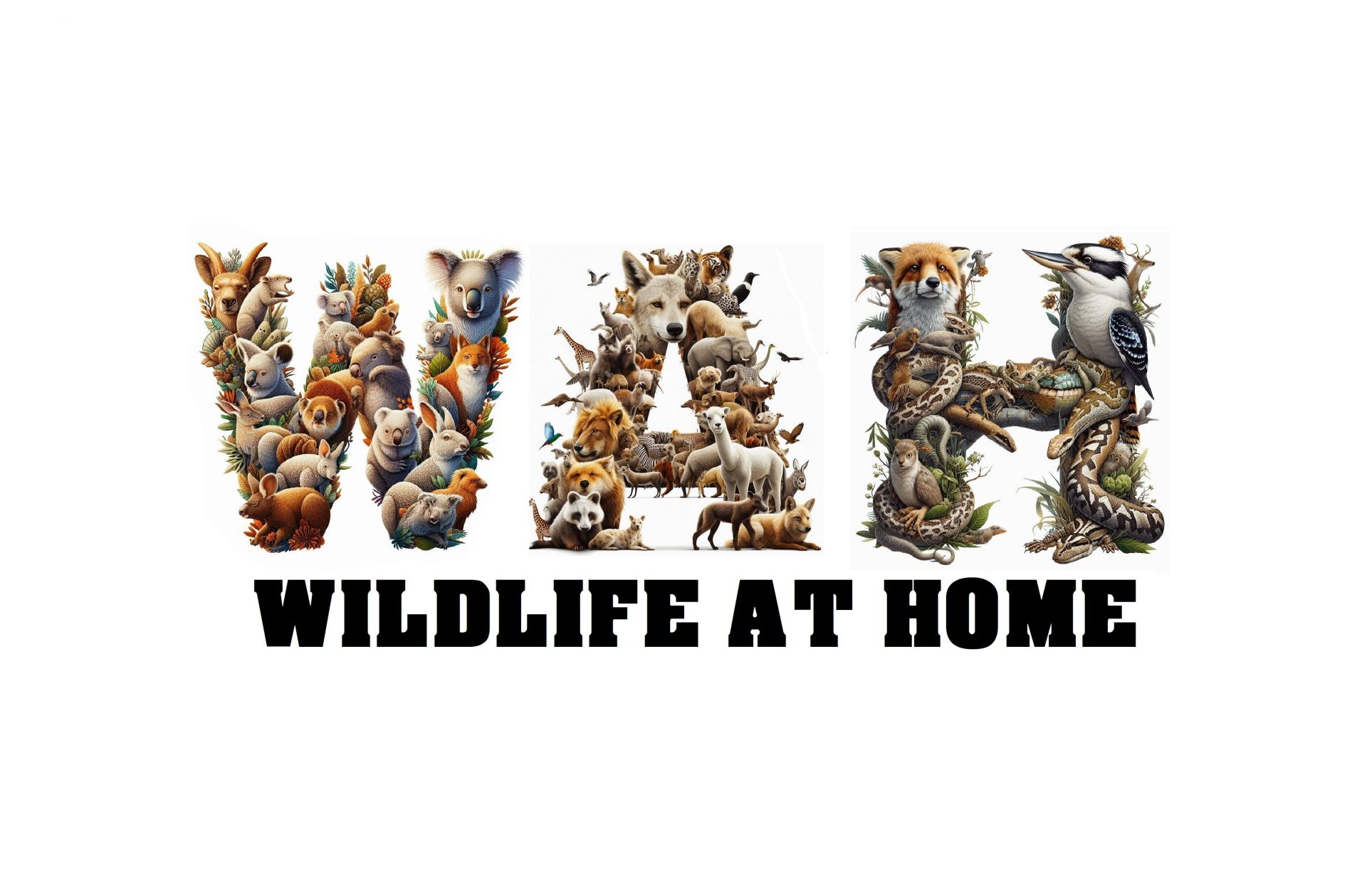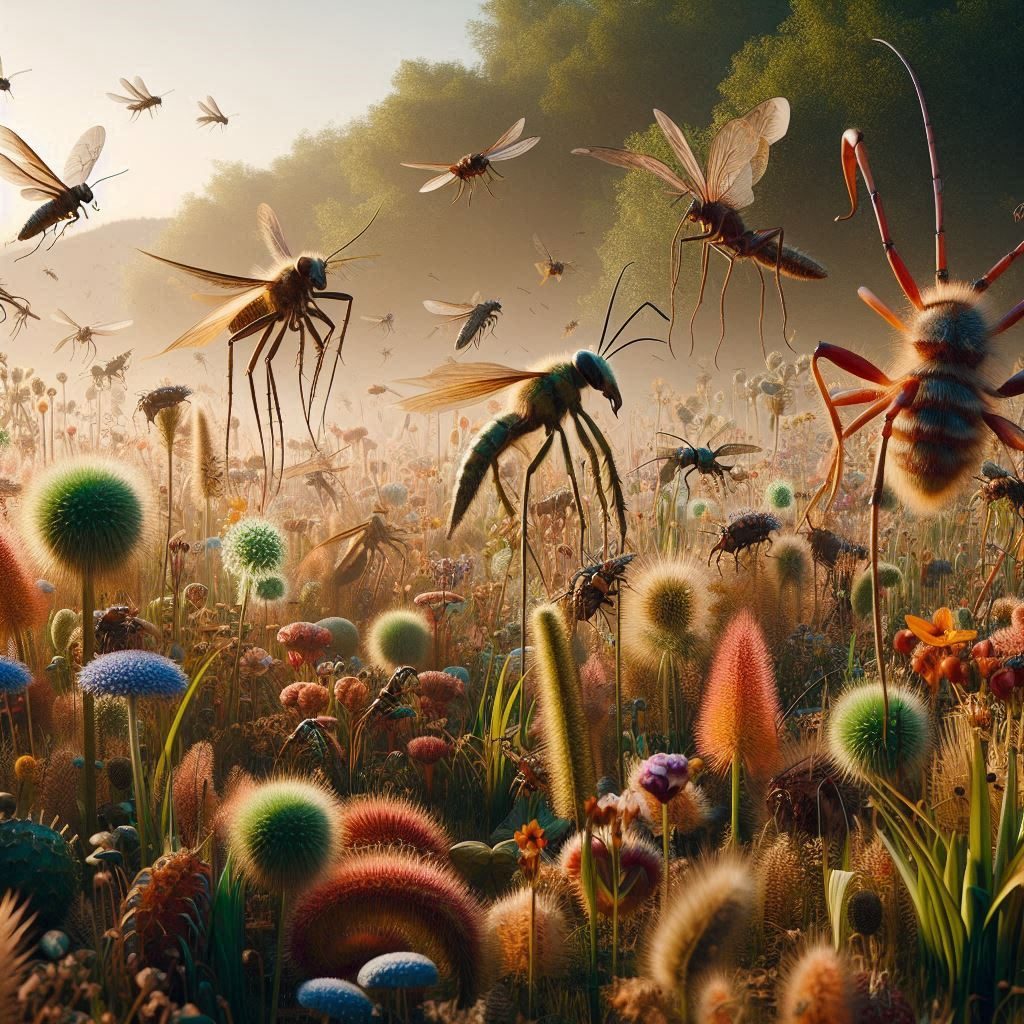Understanding Coastal Erosion & Why It Happens

Why Do Coastlines Erode?
Coastal erosion is a natural process that continually shapes and reshapes the world’s coastlines. But what causes it, and why does it happen?
What is Coastal Erosion?
Coastal erosion is the process by which local sea level rise, strong wave action, and coastal flooding wear down or carry away rocks, soil, and sand along the coast.
Causes of Coastal Erosion
1. Wave Action
The primary cause of coastal erosion is wave action which is a natural event. Waves are created by things like tidal movements, wind changes & just basics like wind blowing across the surface of the sea that create formations of waves. The size and energy of a wave are influenced by the speed of the wind, its duration, and the distance over which it blows. When these waves break upon a coastline, they can erode the land.
2. Tidal Forces
Tidal forces also play a significant role in coastal erosion. The gravitational pull of the moon and the sun creates tides and this interacts with the structure of what is under the water and the sorrounding environment to change how the tides work. The rise and fall of the sea level can increase the vulnerability of the coastlines to erosion.
3. Sea Level Rise
Sea level rise, often due to climate change, can accelerate coastal erosion. As the sea level rises, it can inundate low-lying lands, erode beaches, exacerbate flooding, and increase the salinity of rivers and groundwater tables.
4. Human Activities
Human activities can exacerbate coastal erosion. Construction along the coastline, sand mining, and the destruction of natural barriers such as mangroves and coral reefs can increase the vulnerability of coastlines to erosion.
The Impact of Coastal Erosion
Coastal erosion can have significant impacts. It can lead to the loss of coastal land, damage to infrastructure, and displacement of local communities. It can also lead to the loss of habitats for coastal and marine species.
Is Coastal Erosion Inevitable?
Coastal erosion is a natural process and, to some extent, it is indeed inevitable. The forces of nature – waves, tides, and the rise and fall of sea levels – are constant and relentless. These forces have been shaping our coastlines for millions of years and will continue to do so.
However, the rate and severity of coastal erosion can be influenced by human activities. Poorly planned coastal development, deforestation, and climate change can all accelerate the process of erosion. Conversely, well-planned coastal management strategies can help to mitigate the impacts of coastal erosion.
For example, preserving natural barriers such as mangroves and coral reefs can provide a level of protection against wave action. Similarly, implementing sustainable development practices can reduce the impact of human activities on our coastlines.
While coastal erosion is a natural and inevitable process, its impacts can be managed and mitigated through informed, sustainable practices. Understanding and respecting the power of nature is key to preserving our coastlines for future generations.
Mitigating Coastal Erosion
———————-
Can We Stop It?
While we cannot completely stop the natural process of coastal erosion, there are measures that can be taken to slow it down and reduce its impact.
Here are some strategies
1. Beach Nourishment
Beach nourishment involves adding large quantities of sand or sediment to beaches to combat erosion. This can help to restore beach width and provide a buffer against storm waves and flooding.
2. Construction of Sea Defenses
Structures such as sea walls, groynes, and breakwaters can be built to protect the coast from wave action. However, these structures can be expensive and may have negative impacts on the environment.
3. Managed Retreat
Managed retreat is a strategy where, instead of trying to fight nature, we allow the sea to erode the coastline but manage the process to minimize damage. This can involve relocating buildings and infrastructure away from the areas most at risk.
4. Planting Vegetation
Planting vegetation such as mangroves and sea grasses can help to stabilize the coastline and absorb wave energy.
5. Sustainable Development
Implementing sustainable development practices can reduce the impact of human activities on our coastlines. This includes careful planning of coastal developments to minimize disruption to natural processes.
We cannot stop coastal erosion entirely, we can take steps to manage it and reduce its impacts. It requires a combination of good coastal management practices, sustainable development, and a respect for the natural environment.
Building on Eroding Coastlines
——————————
A Sustainable Approach?
Coastal areas are often attractive for development due to their natural beauty and proximity to the sea. However, building on coastlines, especially in areas already experiencing erosion, poses significant challenges.
The Risks
Building on eroding coastlines can exacerbate the problem of coastal erosion. Construction can disrupt natural processes, leading to increased erosion rates. Moreover, structures built on the coastline are at risk of damage or destruction due to erosion and sea-level rise.
The Environmental Impact
Coastal construction can also have detrimental effects on local ecosystems. It can lead to habitat destruction and loss of biodiversity at a quick rate. Furthermore, hard structures like sea walls used to protect coastal properties can disrupt sediment transport, leading to ‘down-drift’ erosion.
The Economic Cost
The economic cost of building on eroding coastlines can be high. The cost of protecting coastal properties from erosion and flooding can be substantial. Additionally, there is the potential cost of repairing or replacing infrastructure damaged by coastal processes.
A Sustainable Approach
Given these risks, it’s essential to adopt a more sustainable approach to coastal development.
This could involve
Stricter planning regulations to prevent construction in areas at high risk of erosion.
Managed realignment, allowing areas at risk of erosion to flood naturally to create new habitats that can absorb wave energy.
Investing in natural defenses, such as restoring sand dunes and salt marshes, which can provide a buffer against waves and rising sea levels.
Coastal areas will continue to be attractive for development, it’s crucial to balance this with the need to protect our coastlines and the ecosystems they support. A sustainable, informed approach to coastal development can help us achieve this balance.
The Role of Plants and Trees in Preventing Coastal Erosion
Plants and trees play a crucial role in preventing coastal erosion. Their root systems help to bind and stabilize the soil, reducing the likelihood of erosion.
Here’s how they contribute
1. Root Systems
The root systems of plants and trees hold the soil together. This makes it harder for the soil to be washed away by waves or blown away by the wind. The larger and more extensive the root system, the more effective it is at preventing erosion.
2. Wave Energy Dissipation
Vegetation, especially in the form of mangrove forests and marshlands, can help to dissipate wave energy. By reducing the impact of waves hitting the shoreline, these plants can help to reduce erosion.
3. Trapping Sediments
Plants and trees can also help to trap sediments. As water flows over the land, it can carry loose soil with it. Plants and trees slow down this water flow, allowing sediments to settle out of the water and build up the land.
4. Creating Habitats
By creating habitats, plants and trees contribute to the biodiversity of the coastal area. These habitats can provide additional natural defenses against erosion. For example, oyster reefs or coral reefs, which can form in habitats created by mangroves, can provide further protection against wave action.
5. Reducing Impact of Rainfall
The foliage of trees and plants can help reduce the impact of rainfall on the soil, preventing the dislodging of soil particles that can lead to erosion.
Plants and trees are nature’s own defense mechanism against coastal erosion. They not only prevent erosion but also enhance the biodiversity and aesthetic value of the coastal area. Therefore, preserving and planting vegetation along coastlines is a sustainable and effective strategy to combat coastal erosion.
Small Projects – Big Results
Yes, small projects can indeed play a significant role in stopping and easing coastal erosion. Here are a few examples
1. Planting Vegetation
Small-scale projects that involve planting vegetation like grasses, shrubs, or trees can help stabilize the soil and reduce erosion. The root systems of these plants can hold the soil together, making it less likely to be washed or blown away.
2. Building Small-Scale Defenses
Building small-scale defenses like sandbags or small sea walls can help protect specific areas from wave action and reduce erosion. However, it’s important to note that these measures may only be temporary and could have impacts on other areas of the coastline.
3. Community Clean-Up Events
Organizing community clean-up events can help remove debris that contributes to erosion. This can also increase community awareness about the importance of protecting the coastline.
4. Installing Erosion Control Mats
Erosion control mats, made from materials like straw, coconut, or wood fiber, can be installed to stabilize the soil and promote the growth of vegetation.
5. Rain Garden Projects
Rain gardens can be created to reduce runoff and prevent erosion. They are designed to take advantage of rainfall and stormwater runoff in a natural and beautiful way.
While these projects may be small in scale, they can have a big impact when implemented across different areas of the coastline. It’s also important to remember that the best erosion control methods often involve a combination of techniques, and what works best may depend on the specific characteristics of the coastline.
Conclusion
While coastal erosion is a natural process, human-induced factors can accelerate it. Understanding these factors and their impacts is crucial for developing effective coastal management strategies and protecting our coastlines for future generations.
Join the Conversation
We’ve explored the causes and impacts of coastal erosion, and discussed various strategies to mitigate it. We’d love to hear from you on this serious and concerning issue.
Have you witnessed coastal erosion in your local area? Let us know where?
What measures are being taken in your community to combat this issue?
Do you have any innovative ideas or solutions that could help in the fight against coastal erosion?
Share your thoughts, experiences, and ideas on land & coastline erosion in the comments below. Let’s work together to protect our precious coastlines for future generations.
#CoastalErosion #SaveOurCoasts #ErosionControl #SustainableDevelopment #BeachNourishment #SeaDefenses #ManagedRetreat #PlantingVegetation #ClimateChange #SeaLevelRise #WaveAction #TidalForces #HumanImpact #CoastalManagement #EnvironmentalConservation #NatureProtection #CoastalCommunities #HabitatLoss #Biodiversity #CoastalInfrastructure #ErosionMitigation #CoastalResilience #CoastalHabitats #Mangroves #SaltMarshes #CoastalEcosystems #CoastalBiodiversity #CoastalConservation #NaturalDefenses #JoinTheConversation










